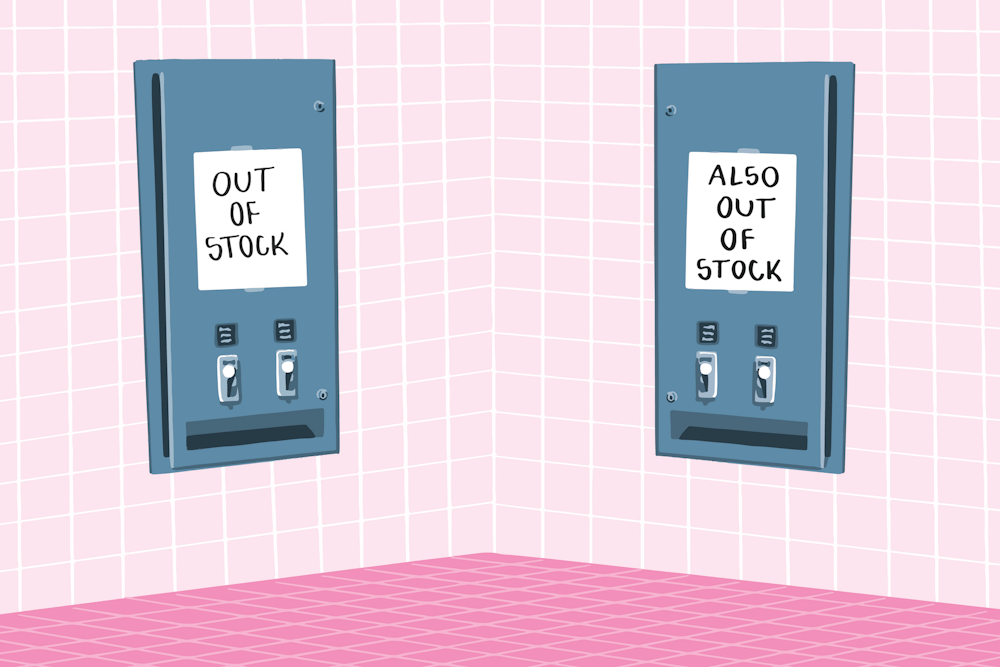
‘When I was in high school, I always hid my pads in my sleeves when I walked into the bathroom, for fear of being seen by boys,’ recalled Virginia, a sophomore from the University of Sydney. ‘Even among girls, few people would talk about period openly.’
Nowadays, the call for gender equality is growing louder and louder. Women’s menstrual health is gradually being included in the scope of public policy. Although the education departments in Victoria, Western Australia and New South Wales have introduced programs to provide free sanitary napkins and tampons to school students to address the increasingly concerned issue of “menstrual poverty”, the topic of “menstruation” in Australian schools is still embarrassing and silent. Many teenage girls still spend their adolescence in “shame”.
Virginia added: “I am an immigrant born in China, but I am surprised that in Western countries like Australia, people still think that menstruation is something ‘dirty’. I hope that one day menstruation can become a topic that can be discussed openly.”
Menstrual poverty is not only about economic poverty, but also about social neglect. According to the ‘Bloody Big Survey’ released by the charity Share the Dignity in 2024, 64% of menstruating women cannot afford menstrual products due to price. Unfortunately, this number is increasing dramatically. Even more worrying is that 68% of the youth Participants said they missed sports at school because of their period. 76.5% of the youth Participants chose to skip classes because they were afraid of leaking and staining their clothes. This fear is directly related to the shame of menstruation, which we must face up to.
‘I need to choose between buying food and period products.’
Period poverty is a global problem. According to A-Tough-Period-Global-Report, 51.6% of girls use makeshift materials such as old clothes, towels, rags, etc. during their periods. Moreover, two-thirds (62%) of the respondents said they have to use old clothes as reusable period products and perform minimal cleaning on them to save money.
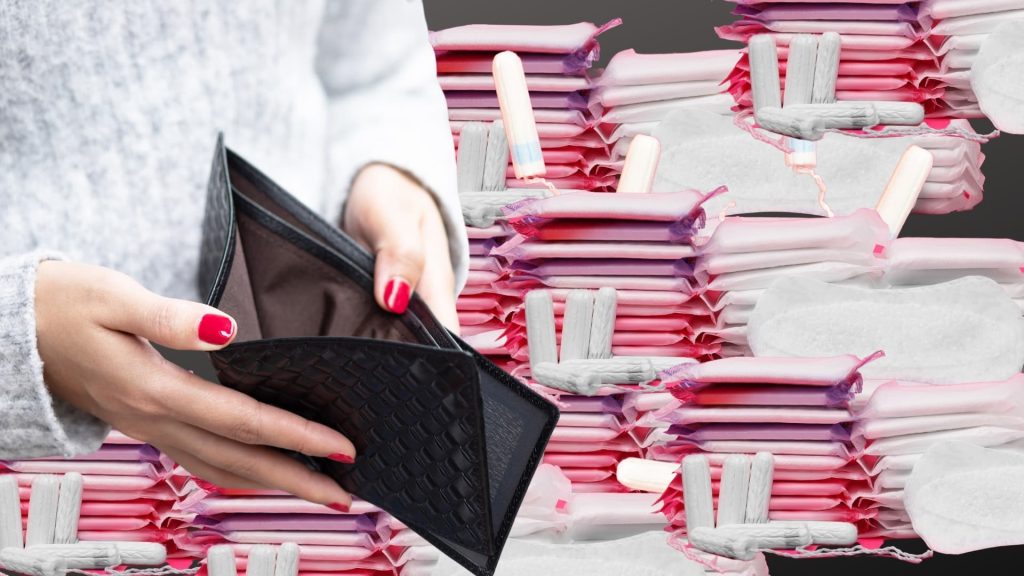
This is also the case in Australia. The Bloody Big Survey released in 2024 showed that period poverty was most prevalent in Tasmania (10%) and least prevalent in the Australian Capital Territory (6%). About 21.75% of Indigenous Australians reported that they could not afford menstrual products, while the proportion of non-Indigenous people was only 6.9%.
‘Prices have risen so much that my mother would buy me sanitary napkins as a reward when I behaved well.’ Some of the adolescent respondents said, ‘When my period is about to end, I would extend the use of sanitary napkins or use socks and toilet paper instead.’
Australia’s ABC News once reported that students in remote areas can only use tea towels or handbags as substitutes. Menstrual poverty should not be used as a reason for teenagers to be “silent” or “absent from school”. The government and relevant departments should pay attention to and actively solve this problem.
Does the ‘free’ provision of schools really mean ‘available’?
The Victorian government launched a programme to provide free menstrual products to all public schools in 2019. The New South Wales government was also rolling out a menstrual hygiene program in every public school. Virginia said in interview, ‘I remember that when I was in high school, the college provided free sanitary napkins, but I never took them. Even if I needed them, I would endure them because I was afraid of being discovered. Because doing so will cause ridicule and discussion among classmates.’
Virginia’s experience is not unique. When free menstrual products are placed near toilets, girls feel the pressure of being discovered. This is a cultural stigma that is more serious to students than material deprivation.
This educational gap starts in school. According to the Bloody Big Survey, respondents had their periods as early as age eight, but schools may not teach about menstruation until at least age ten.
In the current Australian health curriculum. Teachers only teach about the physiological mechanisms of menstruation, rather than the experience of menstruation, overcoming shame and respecting others. This lack of information not only leads to girls’ correct understanding of themselves but also leads to stigmatization and misunderstanding of menstruation among boys.
The YouGov poll in 2021, commissioned by Plan International and U by Kotex, surveyed 300 young men aged 16 to 21 on men’s attitudes towards menstruation. Nearly half (49%) of the respondents said they did not understand or did not know anything about menstruation, and nearly a third (32%) of the respondents said that mentioning menstruation made them uncomfortable. When asked about words related to menstruation, three-fifths (58%) of people answered, “dirty and messy”. In addition, four in ten respondents have witnessed bullying related to menstruation. A boy from South Australia said, ‘When we were young, we didn’t know why girls suddenly asked for leave or were in a bad mood, because no one told us. Everyone would joke that she was “crazy.”’
Can social media break the silence?
Social media is becoming an important platform for young people to break the silence about menstruation. More and more young people are posting videos about their embarrassing menstrual experiences, unequal treatment and the cold shoulder of schools through TikTok, Instagram and YouTube, which have attracted thousands of views and comments. The number of posts with #periodtok on TikTok has reached 26.8k.
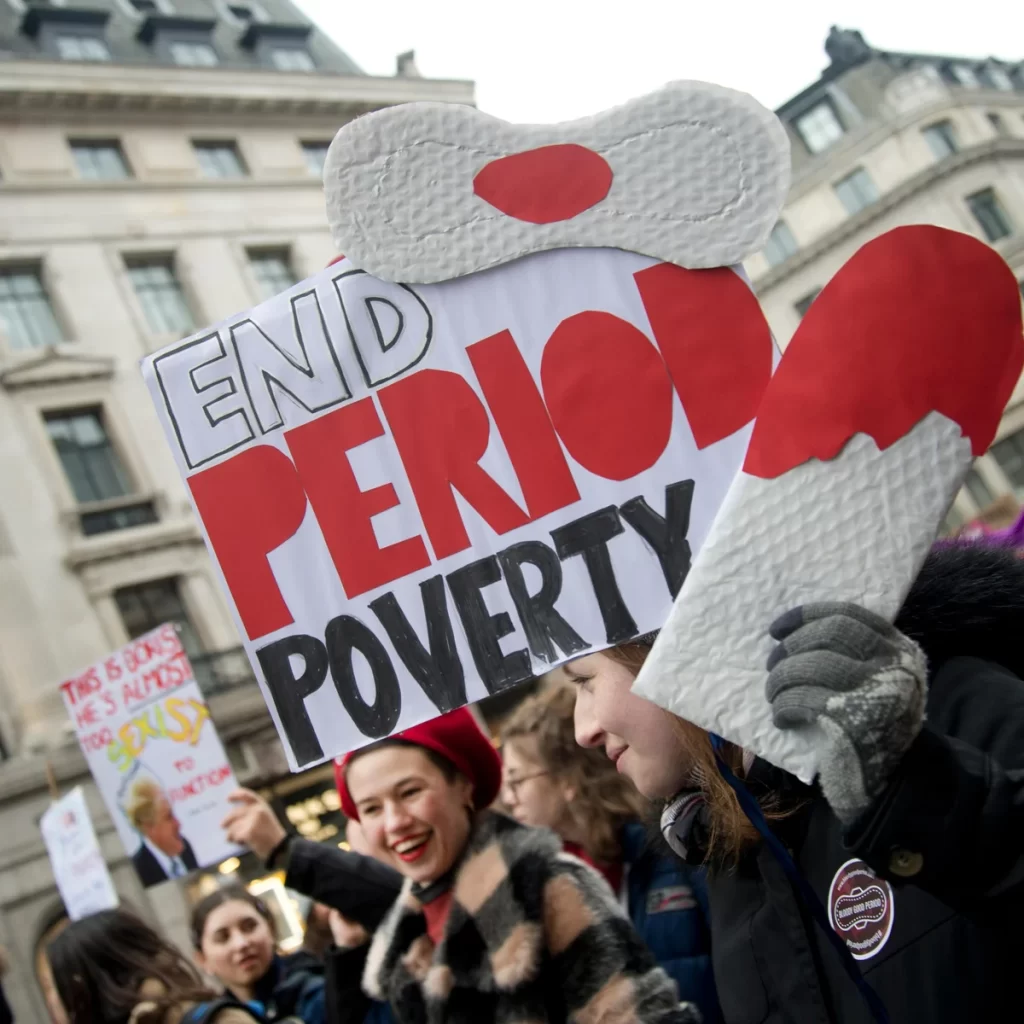
Although these contents cannot immediately change people’s attitudes towards menstruation, they have opened space for the expression of menstrual experiences. Perhaps we can use these digital platforms to extend education from the classroom to social spaces, slowly influence people and make more girls feel understood and supported.
Menstrual shame is not a biological problem, but a social one. Enabling girls to feel comfortable talking about their bodies in school is an essential step towards true gender equality.


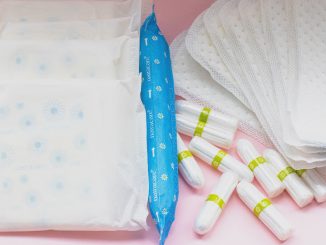
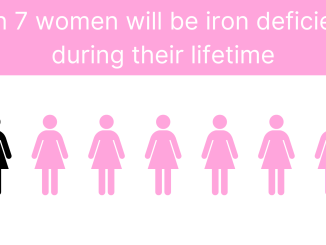
Be the first to comment